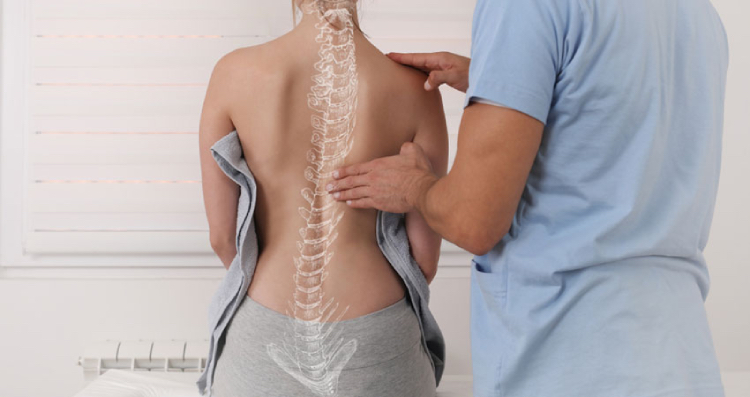Mobility Exercises for Scoliosis
Mobility Exercises for Scoliosis
Living with scoliosis can be challenging, both physically and emotionally. At Southeast Regional Pain Center (SERPC), we understand the debilitating effects of scoliosis and the importance of finding effective ways to manage its symptoms. With over 30 years of experience as the leading chronic pain experts in the Southeast, we offer a range of treatments tailored to alleviate pain and improve mobility for individuals with scoliosis.
Tell Me More About Scoliosis?
Scoliosis is a condition characterized by an abnormal curvature of the spine, often presenting as an “S” or “C” shape when viewed from the back. While some cases of scoliosis may be mild and asymptomatic, others can cause significant pain, discomfort, and mobility issues.
Common symptoms include uneven shoulders or waist, difficulty standing upright, back pain, and fatigue. Without proper management, scoliosis can severely impact an individual’s quality of life, making everyday tasks challenging and restricting mobility.
At SERPC, we recognize that maintaining mobility is crucial for managing scoliosis and reducing associated pain. Incorporating targeted mobility exercises into your routine can help improve flexibility, strengthen supporting muscles, and alleviate discomfort. Here are three top mobility exercises recommended for individuals living with scoliosis:
Cat-Cow Stretch
Start on your hands and knees, with your wrists directly under your shoulders and your knees under your hips. Inhale as you arch your back, lifting your chest and tailbone towards the ceiling (Cow Pose). Exhale as you round your spine, tucking your chin to your chest and pressing through your hands and knees (Cat Pose). Repeat this sequence, flowing smoothly between Cat and Cow poses, to gently mobilize the spine and relieve tension.
Benefits of Cat-Cow Stretch
The Cat-Cow stretch helps improve spinal flexibility, relieve stiffness in the back, and promote better posture by encouraging movement throughout the entire spine.
Side Stretch
Stand tall with your feet hip-width apart. Reach your right arm overhead, leaning to the left side while keeping your hips squared. Avoid collapsing into the side bend by engaging your core muscles and lengthening through the fingertips. Hold the stretch for 15-30 seconds, then switch sides and repeat.
Benefits of Side Stretch
This exercise stretches the muscles along the sides of the body, including the intercostal muscles between the ribs, promoting better ribcage mobility and relieving tension in the spine.
Thoracic Rotation
Sit on the floor with your legs extended in front of you. Bend your right knee and cross it over your left leg, placing your right foot flat on the floor. Place your left hand on the outside of your right knee and twist your torso to the right, reaching your right arm behind you. Hold the stretch for 15-30 seconds, then switch sides and repeat.

Benefits of Thoracic Rotation
Thoracic rotation helps increase mobility in the upper back (thoracic spine), which is often affected by scoliosis. This exercise can alleviate stiffness and improve range of motion in the spine.
While mobility exercises can provide relief for scoliosis-related pain and discomfort, it’s essential to consult with a healthcare professional before starting any new exercise regimen, especially if you have underlying health conditions.
If You Have Scoliosis Pain, Get a Doctor’s Referral and Contact SERPRC Today
If you’re experiencing chronic pain due to scoliosis, consider seeking a referral from your doctor to visit SERPC for specialized treatment options tailored to your needs. Don’t let scoliosis hold you back – take steps towards better mobility and a pain-free life today.